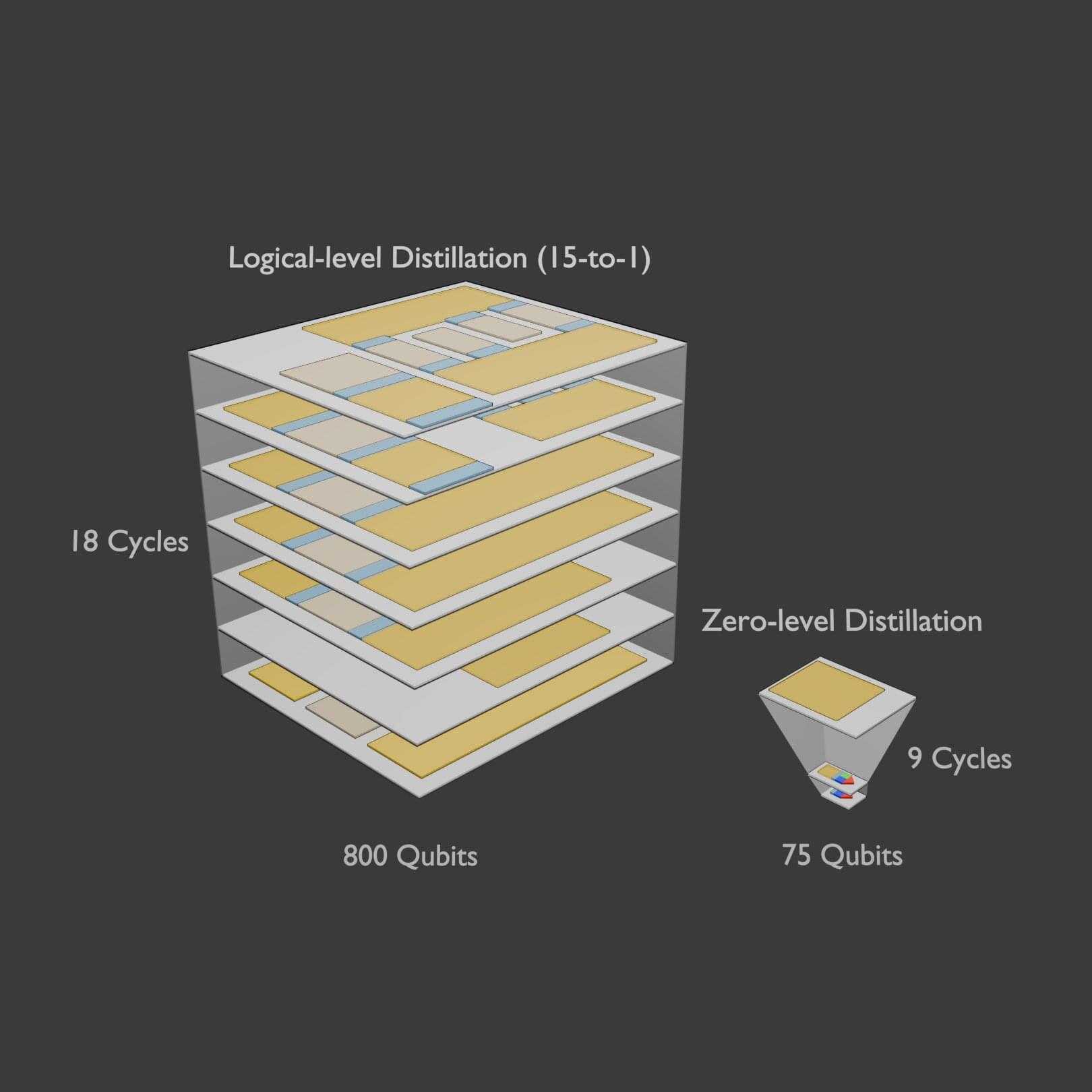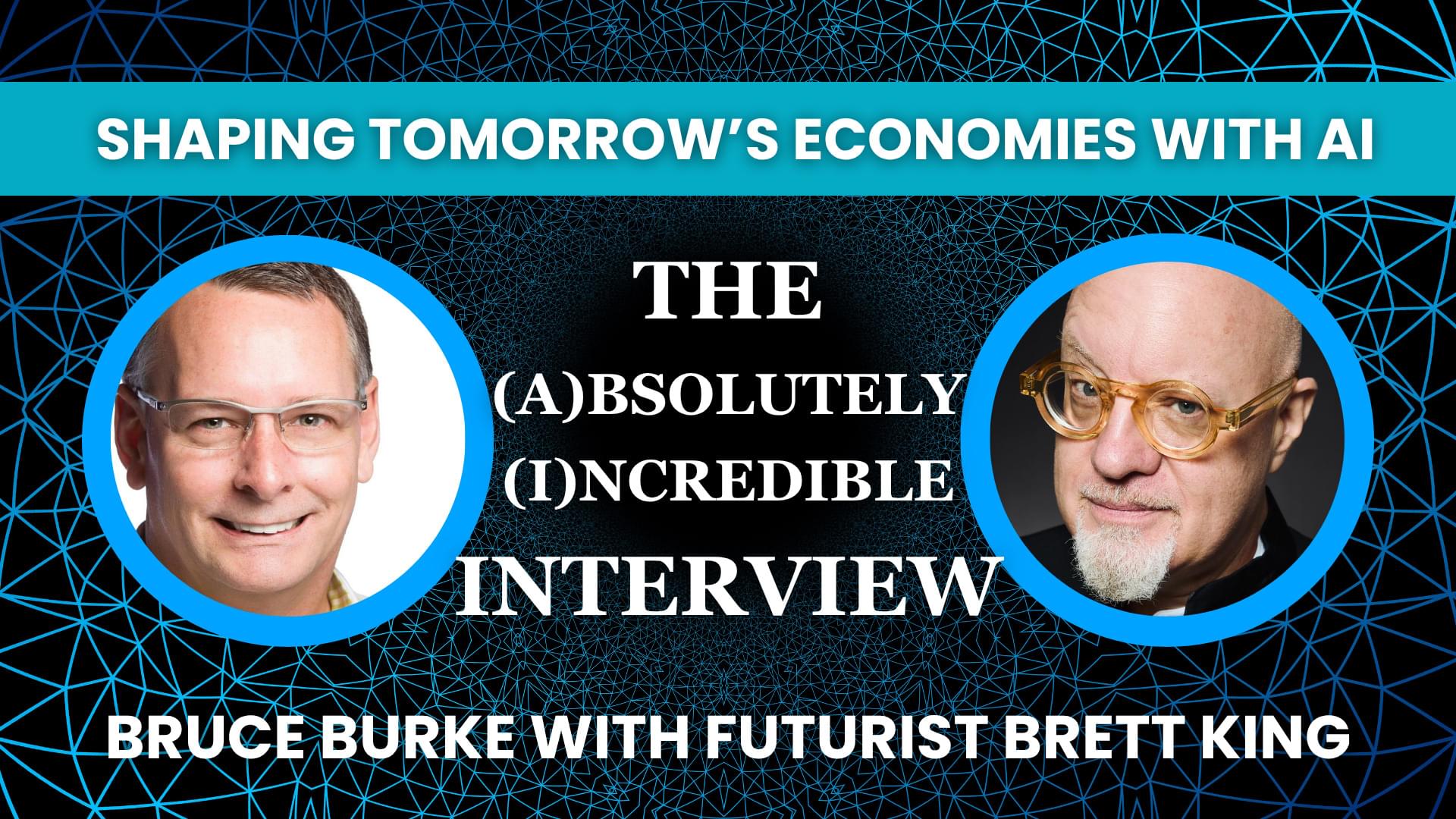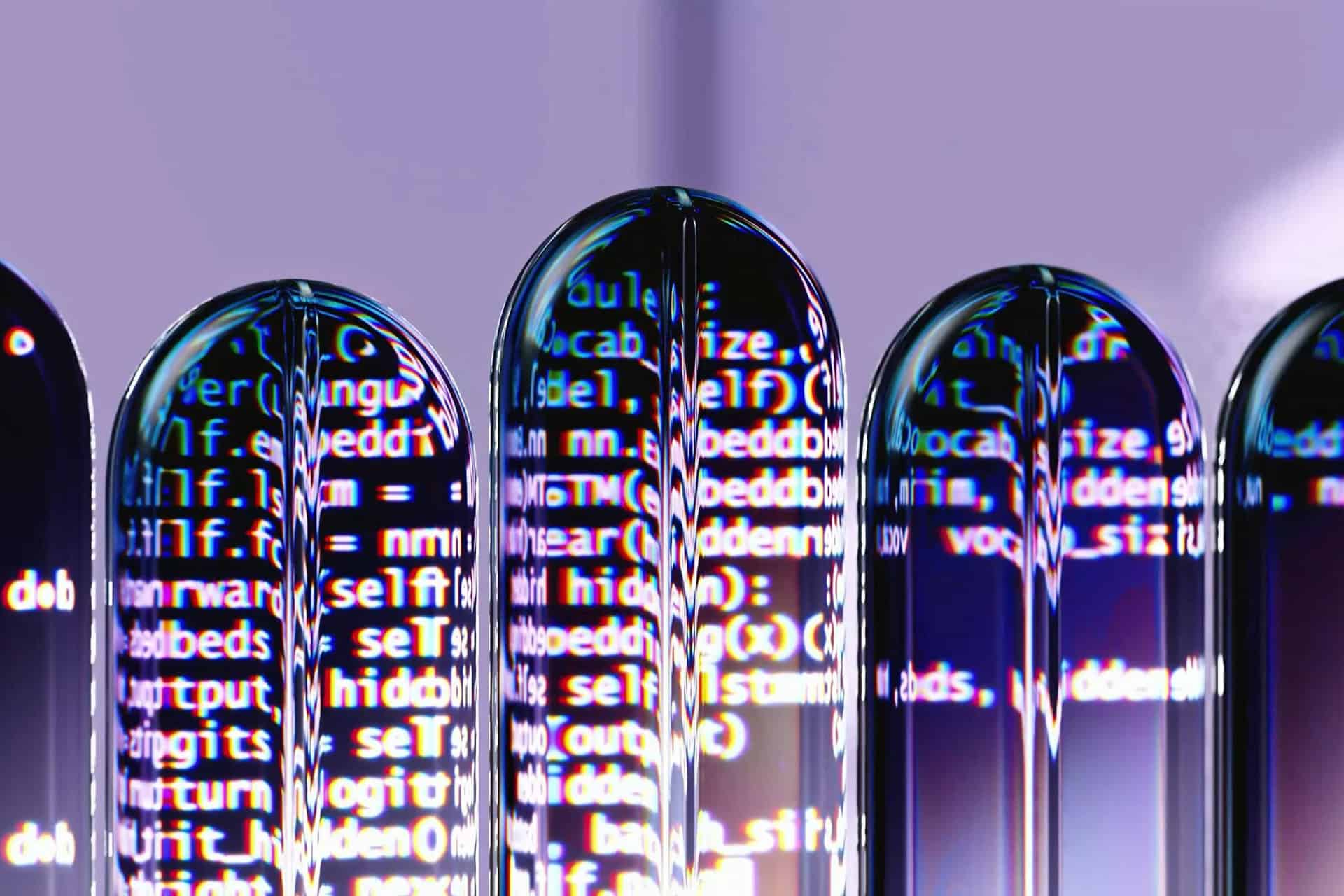Attackers exploit Docker misconfigurations to mine cryptocurrency using Tor, targeting technology, financial, and healthcare industries.



Texas Governor Greg Abbott has signed Senate Bill 21 (SB21), officially authorizing the creation of the Texas Strategic Bitcoin Reserve, a state-managed fund that will hold Bitcoin as part of the state’s long-term financial assets.
The newly established reserve operates independently of Texas’ general treasury system and aims to strengthen the state’s financial resilience while serving as a potential hedge against inflation, according to the bill text.
Furthermore, only assets with a market capitalization exceeding $500 billion are eligible for inclusion, a threshold currently met only by Bitcoin (BTC).

For decades, quantum computers that perform calculations millions of times faster than conventional computers have remained a tantalizing yet distant goal. However, a new breakthrough in quantum physics may have just sped up the timeline.
In an article titled “Efficient Magic State Distillation by Zero-Level Distillation” published in PRX Quantum, researchers from the Graduate School of Engineering Science and the Center for Quantum Information and Quantum Biology at the University of Osaka devised a method that can be used to prepare high-fidelity “magic states” for use in quantum computers with dramatically less overhead and unprecedented accuracy.
Quantum computers harness the fantastic properties of quantum mechanics such as entanglement and superposition to perform calculations much more efficiently than classical computers can. Such machines could catalyze innovations in fields as diverse as engineering, finance, and biotechnology. But before this can happen, there is a significant obstacle that must be overcome.
Excellent Podcast interview Allan Grosvenor!…” How Allan built MSBAI to make super computing more accessible.
How AI-driven simulation is speeding up aircraft & spacecraft design.
Why AI is now making an impact in finance & algorithmic trading.
The next evolution of AI-powered decision-making & autonomous systems”
What if AI could power everything from rocket simulations to Wall Street trading? Allan Grosvenor, aerospace engineer and founder of MSBAI, has spent years developing AI-driven supercomputing solutions for space, aviation, defense, and even finance. In this episode, Brent Muller dives deep with Allan on how AI is revolutionizing engineering, the role of supercomputers in aerospace, and why automation is the key to unlocking faster innovation.

Researchers have shown, for the first time, that transmission of ultrastable optical signals from optical clocks across tens of kilometers of deployed multicore fiber is compatible with simultaneous transmission of telecommunications data.
The achievement demonstrates that these emerging high-capacity fiber optic networks could be used to connect optical clocks at various locations, enabling new scientific applications.
As global data demands continue to surge, multicore fiber is being installed to help overcome the limits of existing networks. These fibers pack multiple light-guiding cores into a single strand, greatly increasing capacity for applications like streaming, finance and artificial intelligence.



Security teams face growing demands with more tools, more data, and higher expectations than ever. Boards approve large security budgets, yet still ask the same question: what is the business getting in return? CISOs respond with reports on controls and vulnerability counts – but executives want to understand risk in terms of financial exposure, operational impact, and avoiding loss.
The disconnect has become difficult to ignore. The average cost of a breach has reached $4.88 million, according to recent IBM data. That figure reflects not just incident response but also downtime, lost productivity, customer attrition, and the extended effort required to restore operations and trust. The fallout is rarely confined to security.
Security leaders need a model that brings those consequences into view before they surface. A Business Value Assessment (BVA) offers that model. It links exposures to cost, prioritization to return, and prevention to tangible value.


If you thought storing data inside DNA was cool, here’s something even more fascinating. Scientists at the University of Texas at Austin (UT Austin) have invented a way to store digital information inside synthetic polymer molecules. In short, they are transforming tiny bits of plastic into memory banks.
They even used their molecular system to encode a complex 11-character password and then decode it using only electrical signals, without any power, and the expensive and bulky tools typically used for reading molecular data.